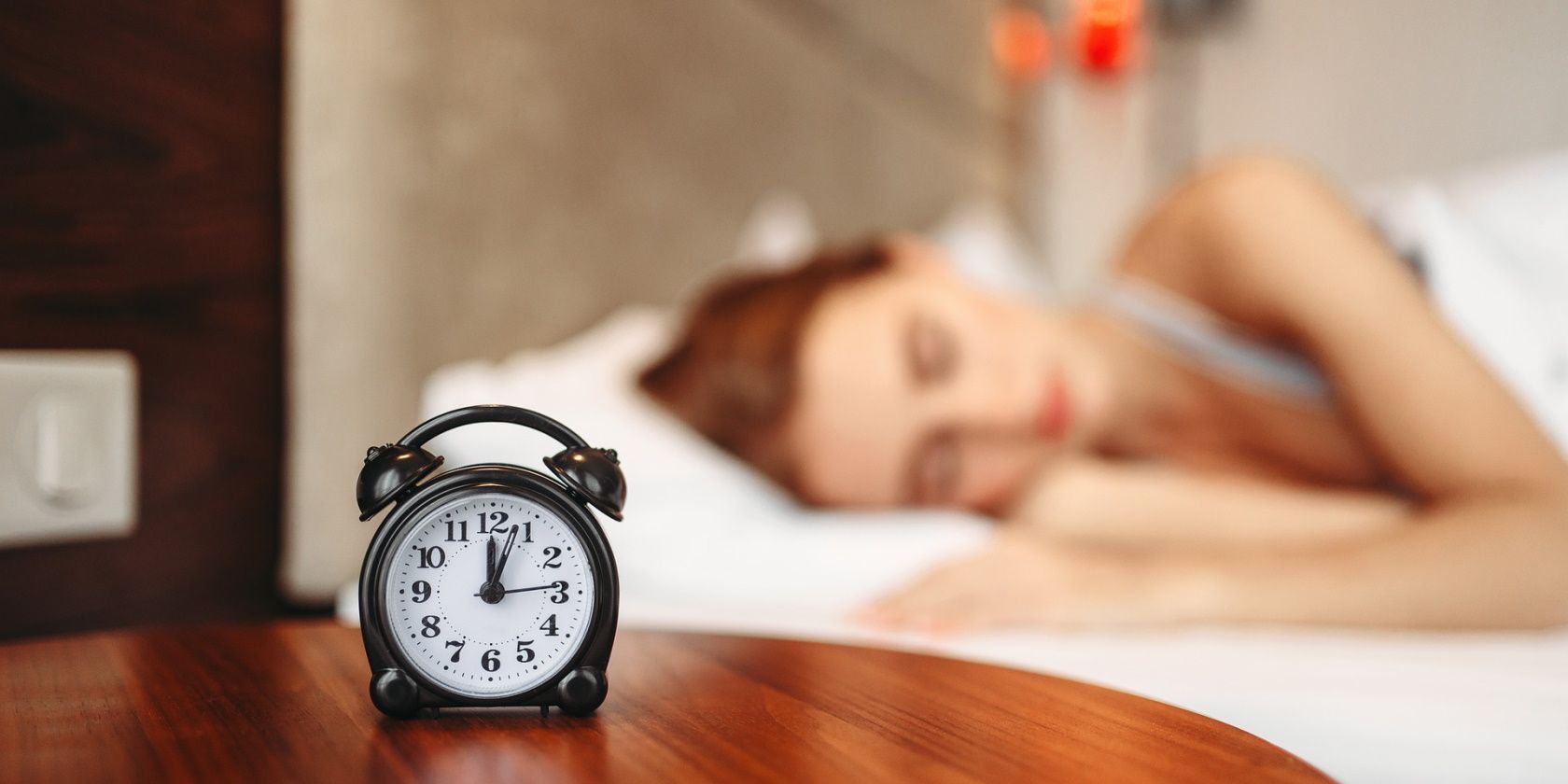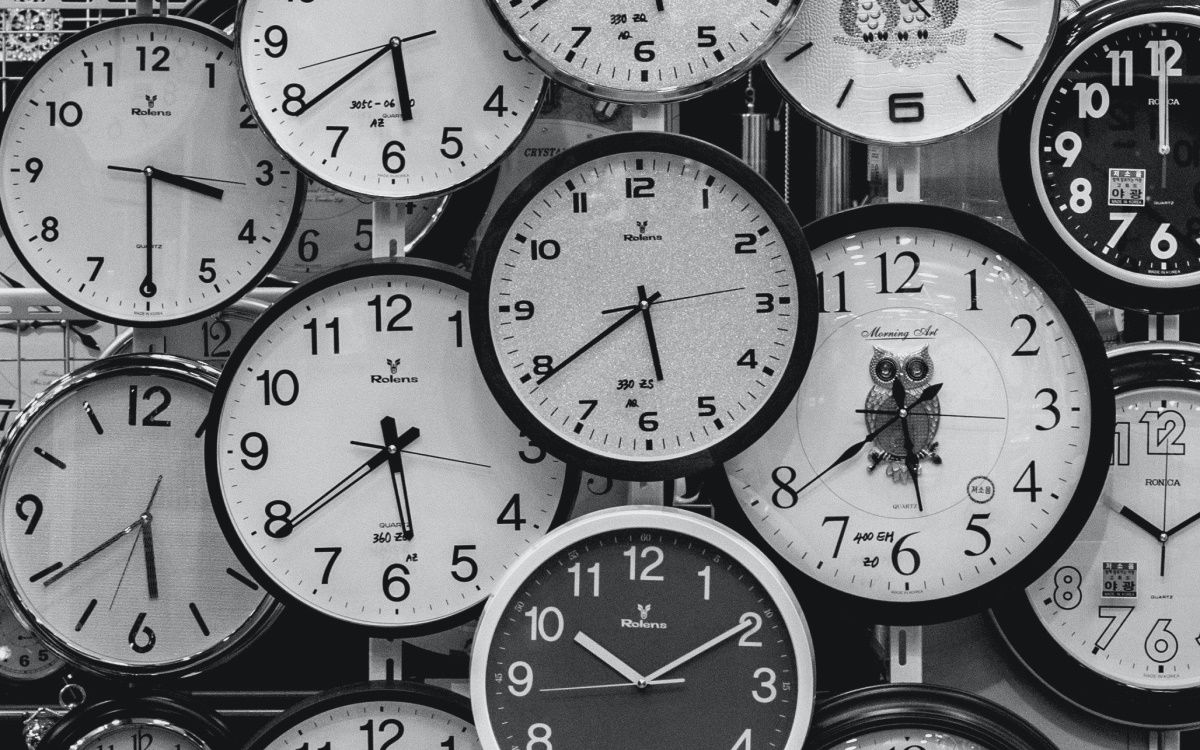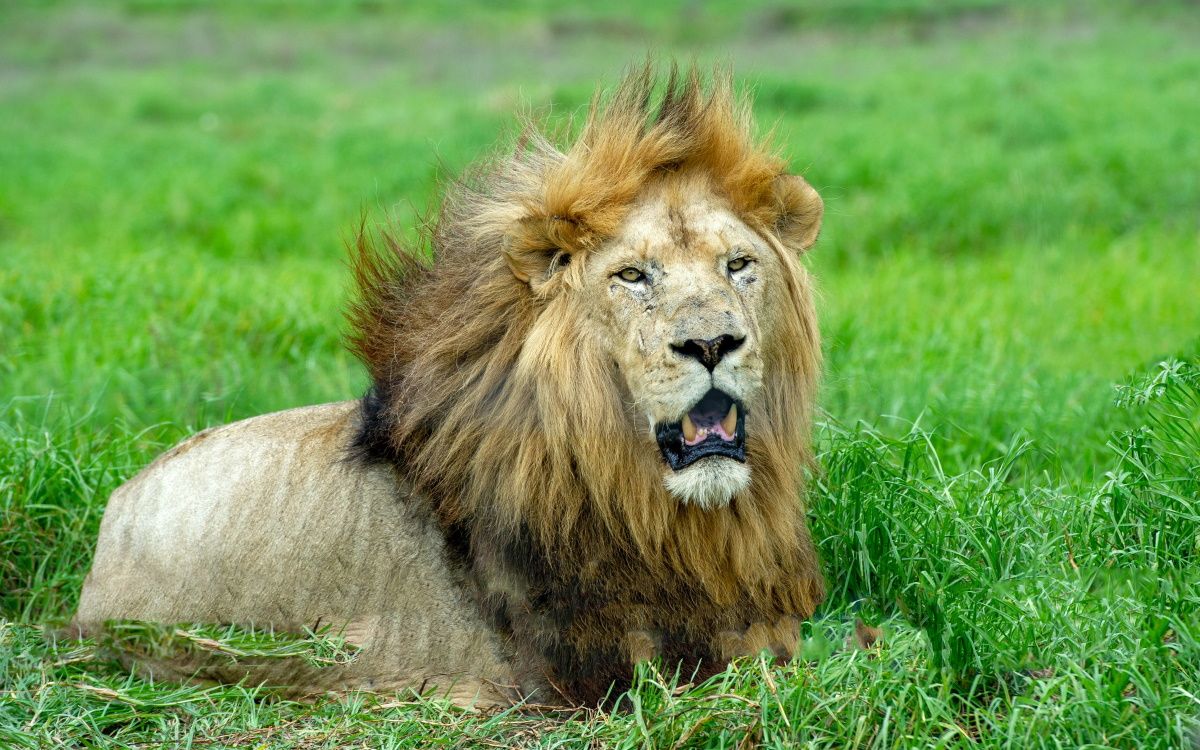Do you struggle to have a good night's rest and, by extension, a productive day? Knowing your chronotype and building your day around your ideal sleep time can boost your productivity.
We have all heard that "early birds" are the most productive people because of their ability to make the most of their early hours of the day.
However, the reality is that this timing is not a one-size-fits-all formula for productivity. For example, you might have noticed that other people can get a lot of work done during the later hours of the day, the "night owls," that's because we all have a unique chronotype.
What Are Chronotypes? How Can It Help Your Productivity?
Chronotypes are classification systems that help you learn more about your natural disposition to be asleep/awake at specific hours of the day and your peak productivity times so that you can plan your day accordingly.
They are closely related to your circadian rhythms, the internal clock that regulates your sleep cycle based on light changes and melatonin production. However, unlike circadian rhythms, your chronotype is more unique and has an impact on what time of the day you are most productive, alert, or most likely to make mistakes.
Knowing your chronotype is critical because it provides you with valuable information to use as a productivity tool. Therefore, how much you will benefit from knowing your chronotype ultimately comes down to what you do with the insight.
What if you don't have the freedom to completely re-adjust your work schedule such that it aligns with your chronotype?
There are still many things you can do. The key is to work alongside your chronotype, not against it. You can start by dividing your day into three main phases: let's call it your Zenith phase, Lowest point, and Rest phase. You can then schedule specific activities within these phases for maximum productivity (more on this below).
Another thing you can do is to set and follow a sleep cycle that reflects your chronotype and that will help you feel energized in the morning. You could use effective sleep apps to track and improve sleep, such as the Sleep as Android app. It is packed with features such as analyzing your movements during sleep, playing lullabies for relaxation, allowing you to customize alarm songs, etc.
Download: Sleep as Android for Android (Free, in-app purchases available)
Identifying Your Chronotype
It is worth mentioning that the chronotype classification is more of a scale than an exact science, meaning that you might relate to some traits belonging to more than one class. If that's the case for you, you can use it as a strength by embracing the flexibility that comes along.
So, which of these four chronotypes best reflects you?
1. The Bear Chronotype
The bear chronotype follows the solar cycle; they wake up as the sun rises and effortlessly fall asleep after sunsets. They are at their zenith phase during the later hours of the morning (before midday) and experience a post-launch dip between 2 p.m.-4 p.m.
As a result, the people who fall under this class easily embrace our modern society's work schedules, which is no surprise since it is the most common chronotype—about 55 percent of people.
2. The Lion Chronotype
Do you remember the "early birds"? They are primarily associated with the lion chronotype. They wake up early in the morning, before dawn, and are most productive when they can start complex daily tasks immediately.
The lions work effectively in the early morning hours, hit the wall around noon when they are at their lowest point, and need time to recover. They typically go to bed early, around 9 p.m. or 10 p.m.
3. The Wolf Chronotype
Are you constantly hitting the snooze button in the early hours of the morning? Then the wolf chronotype might describe you best. Wolves struggle to wake up in the morning and are very productive between midday to 4 p.m. and after 6 p.m. They are commonly known as "night owls" as they enjoy working at night.
Wolves can have a fruitful day by starting with more straightforward tasks in the late hours of the morning while accumulating their productive momentum for more analytical duties in the afternoon and evening.
As a result of this unusual schedule, wolves tend to struggle with the regular 9 to 5 jobs since they are most productive when everyone else is done for the day.
4. The Dolphin Chronotype
Dolphins are sensitive sleepers who are easily disturbed by external factors such as light and noise. Consequently, they don't stick to a specific sleep schedule and often find themselves awake at odd hours.
Dolphins often feel lazy in the early morning hours, but their productivity peaks between 10 a.m. and 2 p.m. People who experience symptoms of insomnia tend to fit this chronotype.
Are you struggling to identify your chronotype? Take this quiz.
How to Create a Productive Schedule Using Google Calendar
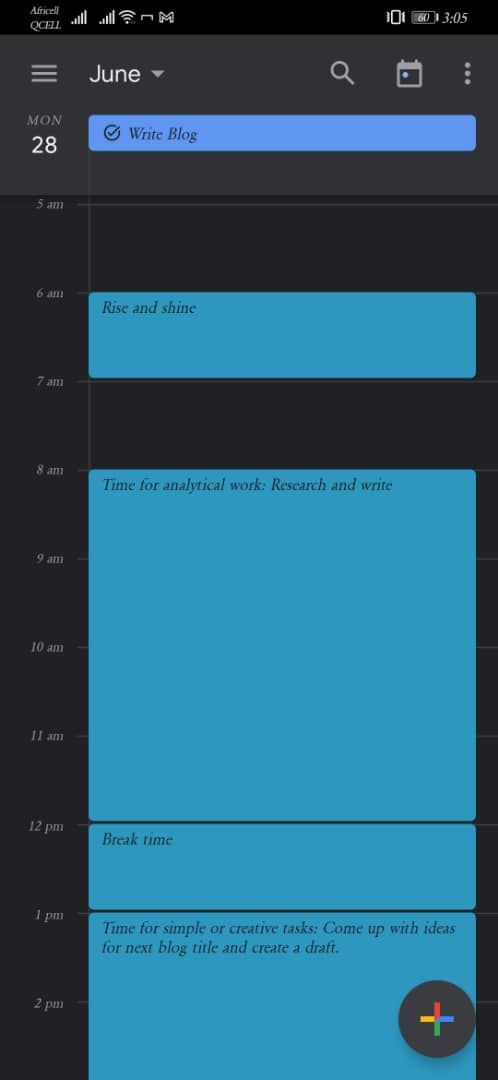
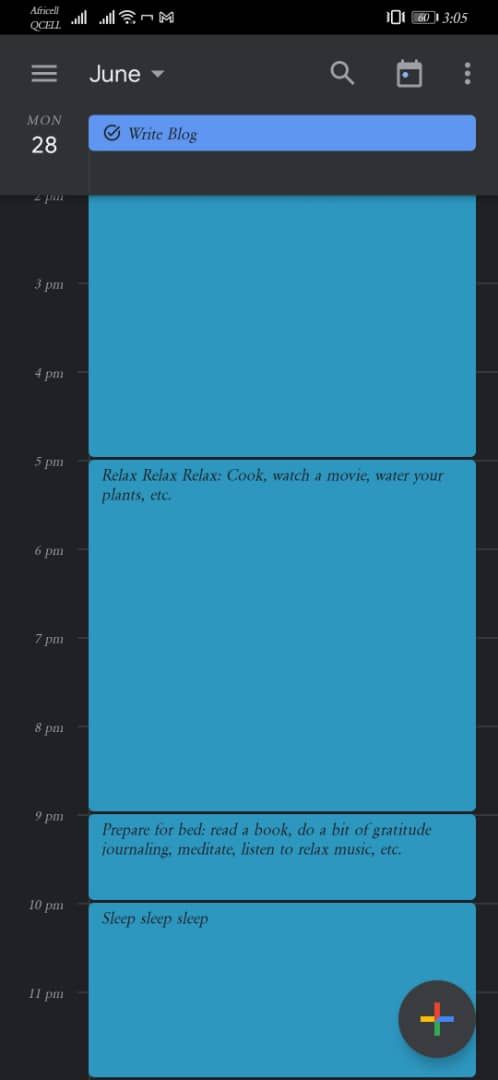
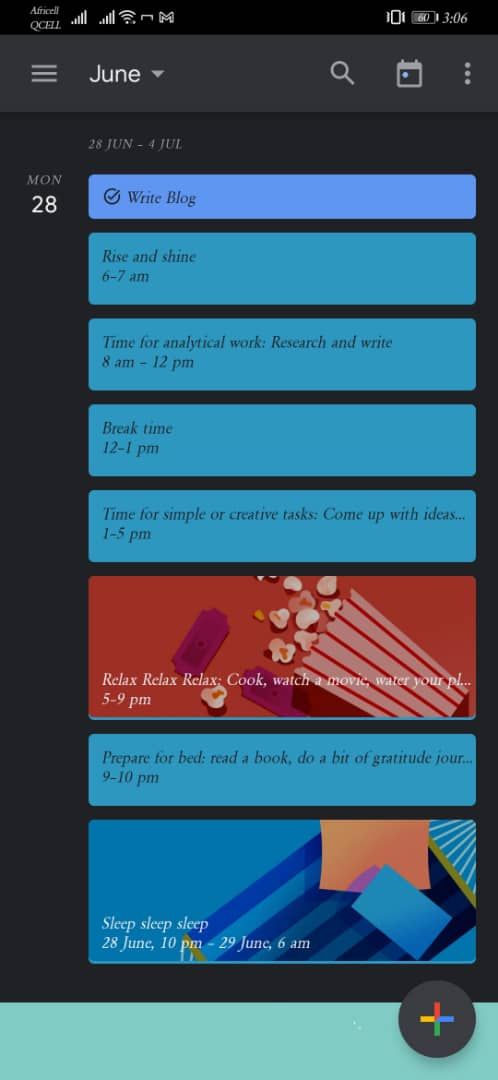
Let's say you are a content writer and the lion chronotype best describes you. You want to have a productive day by creating a schedule that aligns with the three phases mentioned above (Zenith phase, Lowest point, and Rest phase) using Google Calendar.
In this case, you might schedule your most complex or analytical tasks, for example, doing research and writing, during your Zenith phase (8 a.m.- 12 p.m.) when you are most focused and least distracted.
How about when you are at your lowest point?
Remember that the goal is to be productive all day long, which means that you will need to use your lowest point too.
You can take a break between noon and 1 p.m. to relax and recharge. After your break, you can start a simpler or creative task, such as getting content ideas for your next blog post and creating an outline (1 p.m. to 5 p.m.).
Do you mean we should schedule creative tasks at our lowest point when we are distracted?
Yes, that's right! Contrary to popular belief, it seems being distracted can be a good thing for your creativity. So when you are looking for new ideas for your next blog post, distractions such as browsing through your social media feeds can actually improve your chances of finding a creative solution. Just remember to have a piece of paper and pen or a note-taking app like Evernote to jot down your ideas.
For once, you might have just found a productive reason not to wage war on distractions!
Use the remaining time for other hobbies and to unwind, and try to be in bed by 9 p.m. to 10 p.m.
Download: Google Calendar for Android | iOS (Free)
Download: Evernote for Android | iOS (Free)
Embrace Your Chronotype to Boost Your Productivity
Remember that knowing your chronotype can only be helpful when using the information to schedule tasks in a way that suits you best. For example, forcing yourself to use a wolf's schedule will be counterproductive.

